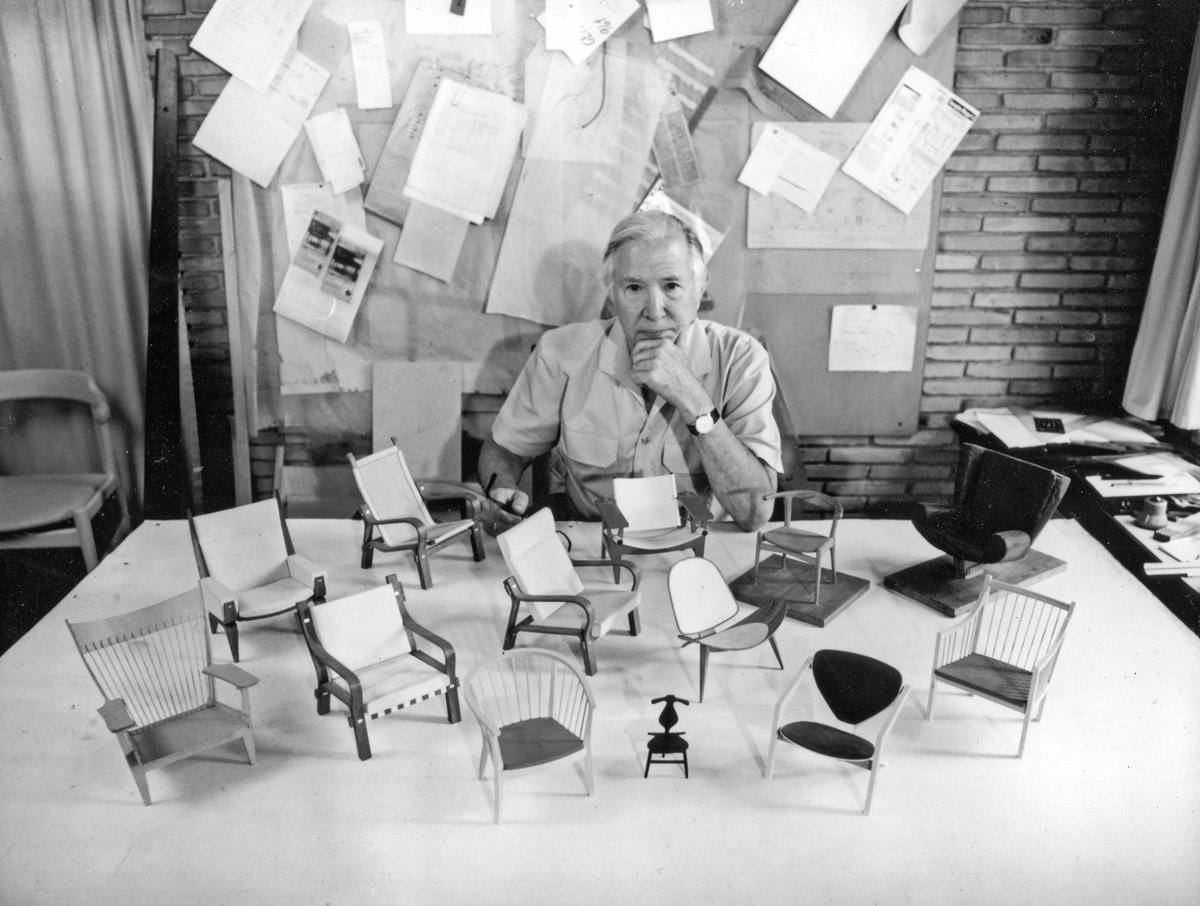
10 Pioneer Designers of the Danish Furniture Movement
A movement that sprouted from the core of Denmark in the 20th century – the Danish Furniture Movement – has significantly influenced the realm of furniture design. This artistic and design revolution brought forth a new wave of innovation, craftsmanship, and aesthetic appeal in the realm of furniture. In this blog post, we’ll embark on a journey to explore the lives and works of the 10 Pioneer Danish furniture designers who played pivotal roles in shaping this movement.
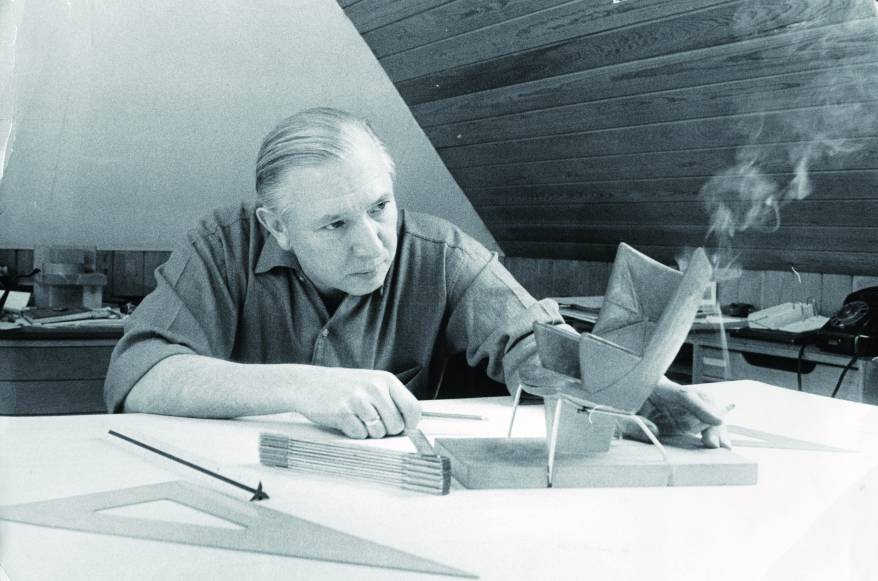
Pioneer Designers of the Danish Furniture Movement
Often referred to as “Danish Modern” or “Scandinavian Design,” the Danish Furniture Movement stands out for its minimalist and functional take on furniture design. It originated in the early 20th century and reached its peak in the mid-century. This movement emphasizes clean lines, impeccable craftsmanship, and the use of natural materials. Danish designers value aesthetics and also prioritize creating pieces that are practical, comfortable, and durable.
The significance and influence of Danish furniture designers
The significance of Danish furniture designers extends far beyond their exquisite creations. They redefined the way we perceive and interact with furniture, blending artistry with functionality. Their designs have transcended time, influencing generations of designers worldwide. The enduring appeal of Danish furniture lies in its ability to seamlessly integrate into various interior styles, from mid-century modern to contemporary.
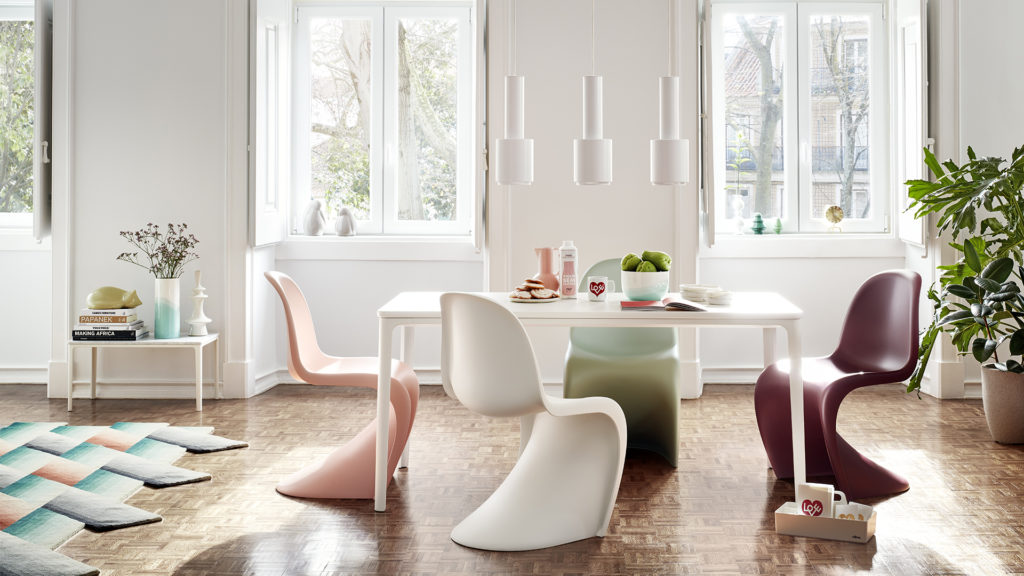
The historical context of Danish furniture design
To truly appreciate the Danish Furniture Movement, it’s essential to delve into its historical context. Danish furniture design didn’t emerge on its own; instead, socio-cultural and economic factors of its era heavily influenced it.
In the late 19th century, Denmark was undergoing significant societal changes. Industrialization was on the rise, and there was a growing demand for affordable and functional furniture. This demand gave birth to a new era in design, where utility and aesthetics became paramount.
The key characteristics of Danish furniture design
Danish furniture design stands out for its unique and lasting traits that distinguish it from other design movements. To truly appreciate the beauty and functionality of Danish furniture, it’s essential to recognize these key features.
- Minimalism: Danish furniture design embodies a minimalistic approach, emphasizing clean lines and uncluttered forms. It seeks to eliminate the unnecessary, focusing on essentials and simplicity.
- Functionality: Functionality is at the core of Danish design. Designers craft each piece to fulfil its purpose seamlessly. They hold the belief that beauty shouldn’t sacrifice practicality.
- Timelessness: Danish furniture stands the test of time. These pieces don’t succumb to trends but instead possess an enduring quality that remains relevant and appealing across generations.
- Natural Materials: Nature commands profound respect from Danish designers, evident in their material choices. Woods, particularly teak and oak, frequently feature in Danish furniture. Integrating natural materials bridges the gap between furniture and the environment, enhancing durability.
- Attention to Detail: Every facet of Danish furniture showcases a keen attention to detail. From the intricacies of joints to the final finish, designers deliberate over every step to achieve flawless results.
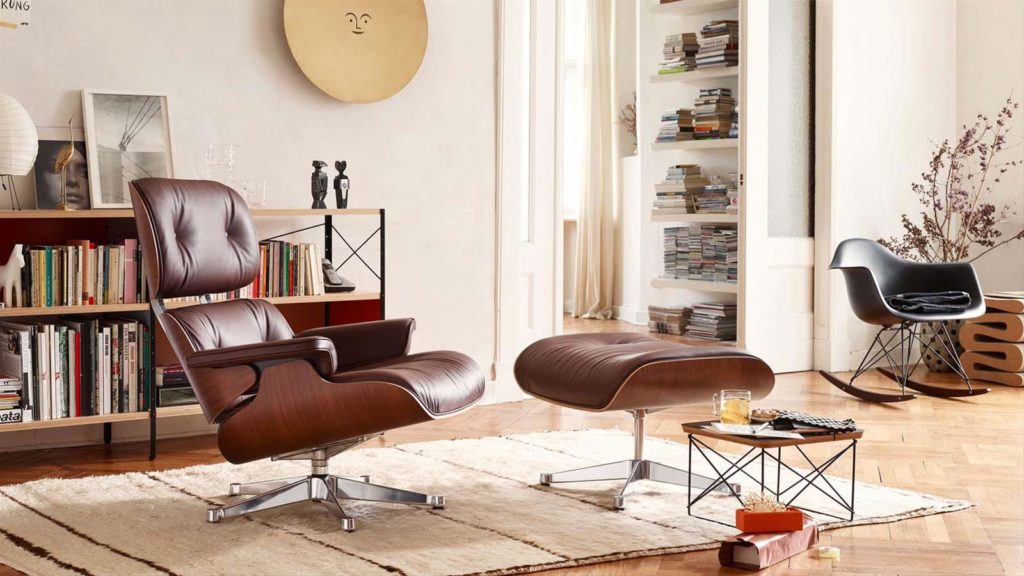
Pioneer Danish Furniture Designers
Let’s introduce you to the individuals who laid the foundation for the Danish Furniture Movement. These 10 pioneers left an indelible mark on the world of design:
- Kaare Klint
- Hans J. Wegner
- Arne Jacobsen
- Børge Mogensen
- Poul Henningsen
- Finn Juhl
- Verner Panton
- Ole Wanscher
- Grete Jalk
- Piet Hein
Collectively, these designers transformed the world of furniture design by infusing it with their unique philosophies and innovative creations. They pushed boundaries, redefined aesthetics, and revolutionized the way we interact with furniture. They were pioneers not only in Denmark but also on the international stage, earning global recognition for Danish design excellence.
Kaare Klint

Kaare Klint, often regarded as the “father of modern Danish furniture design,” was born in 1888 into a family of accomplished architects and designers. His upbringing in a creative environment significantly influenced his career.
Kaare Klint pioneered the functionalist approach to furniture design, emphasizing that form should follow function. He designed pieces that combined aesthetic elegance with practicality. His “Safari Chair” and “Red Chair” remain iconic examples of his minimalist and user-centric designs.
Klint’s philosophy and teachings had a profound impact on subsequent designers, including Hans J. Wegner and Børge Mogensen, shaping the Danish design ethos for generations to come.
Hans J. Wegner
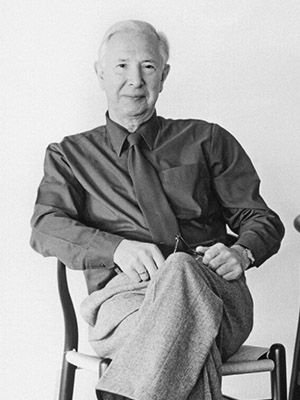
Hans J. Wegner, born in 1914, began his career as a cabinetmaker before studying at the Royal Danish Academy of Fine Arts. His early experiences with woodworking laid the foundation for his prolific career as a designer.
Wegner is celebrated for his dedication to craftsmanship and functionality. He designed over 500 chairs, each a testament to his commitment to blending beauty and utility. The “Wishbone Chair” and “Shell Chair” are among his most iconic creations.
Hans J. Wegner’s designs have had a lasting influence on the global design landscape. His focus on the harmony of form and function continues to inspire contemporary designers.
Arne Jacobsen

Arne Jacobsen studied at the Royal Danish Academy of Fine Arts, where he honed his design skills.
Jacobsen is renowned for his innovative furniture designs, including the iconic “Egg Chair” and “Swan Chair.” He embraced modernist principles and emphasized organic forms in his creations.
His designs are celebrated worldwide and have become symbols of mid-century modernism. His architectural work, such as the SAS Royal Hotel in Copenhagen, also left a significant mark on the design world.
Børge Mogensen
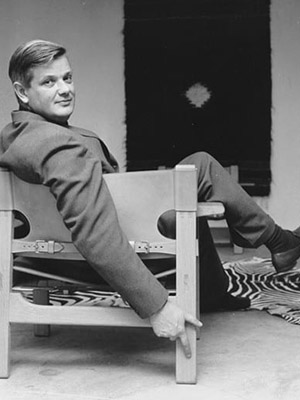
Born in 1914, trained as a cabinetmaker before studying furniture design. His early hands-on experience with woodworking deeply informed his design philosophy.
Mogensen’s work embodies a commitment to functionalism and simplicity. He created enduring classics like the “Spanish Chair” and “J39 Shaker Chair,” which showcase his passion for craftsmanship and honest materials.
His dedication to practicality and timeless design continues to inspire modern furniture makers and enthusiasts.
Poul Henningsen
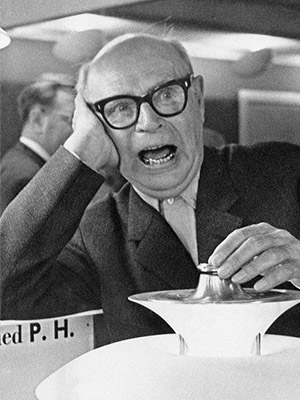
Born in 1894 Poul Henningsen was a multi-talented designer, writer, and inventor. He had a background in both architecture and philosophy.
Henningsen is best known for his pioneering work in lighting design. He developed the iconic PH lamp series, characterized by its layered shades that eliminate glare while diffusing soft, ambient light.
Poul Henningsen’s innovative approach to lighting design revolutionized the industry. His creations remain highly sought after and continue to illuminate homes and spaces worldwide.
Finn Juhl
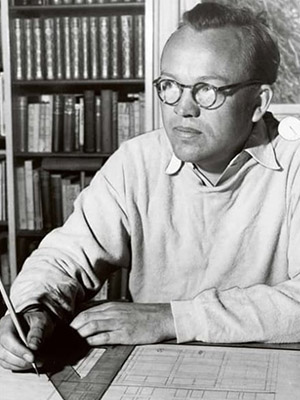
He is one of the most significant figures in Danish design. He studied architecture but found his true calling in furniture design.
His designs are characterized by their sculptural and organic forms. The “Chieftain Chair” and “45 Chair” exemplify his innovative approach to seating and his emphasis on comfort.
Finn Juhl’s pioneering spirit and unique design language have inspired designers seeking to push the boundaries of form and function.
Verner Panton

He was a visionary Danish designer known for his bold use of colour and innovative materials.
Known for his avant-garde spirit and groundbreaking use of materials, continues to inspire contemporary designers with his daring and unconventional approach to furniture and interior design
Panton is famous for his “Panton Chair,” the first single-form injection-molded plastic chair. He also designed avant-garde interiors, like the “Visiona” exhibition, which pushed the boundaries of design.
Verner Panton’s daring and unconventional designs continue to be celebrated for their artistic and futuristic qualities.
Ole Wanscher
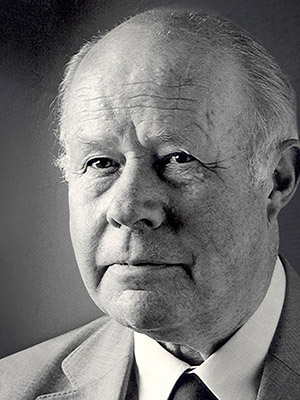
He was a prominent Danish furniture designer and professor. He played a pivotal role in shaping mid-century modern design in Denmark.
Wanscher’s work is characterized by its traditional craftsmanship and timeless elegance. Pieces like the “Colonial Chair” and “Senator Chair” showcase his mastery of wood and form.
His dedication to classic, enduring design principles has had a lasting impact on the world of Danish furniture design.
Grete Jalk
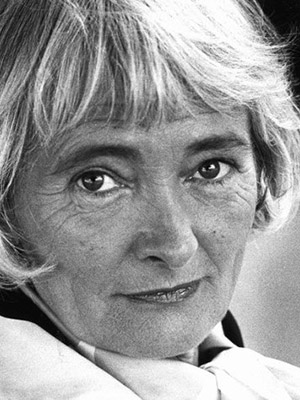
Grete Jalk was a pioneering Danish furniture designer and architect. She studied at the Royal Danish Academy of Fine Arts.
Jalk’s designs are known for their simplicity and functionality. Her “GJ Chair” is a prime example of her ability to combine aesthetics with practicality, and it remains a sought-after piece.
Her contributions to mid-century Danish design continue to be appreciated for their understated elegance and versatility.
Piet Hein
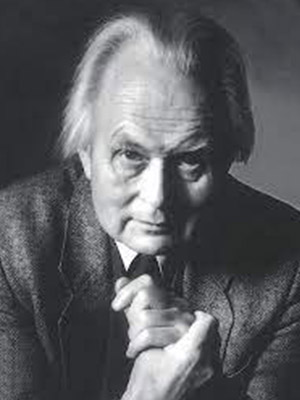
Piet was a versatile Danish designer, mathematician, and inventor. He had a keen interest in geometry and its application to design.
Hein is best known for inventing the “Superellipse,” a mathematical shape that inspired a range of furniture and architectural designs. His work embodies the fusion of art and science.
His innovative thinking and exploration of geometric forms have left a lasting imprint on Danish and international design, demonstrating the synergy between creativity and mathematics.
These 10 pioneering designers, each with their unique vision and contributions, collectively shaped the Danish Furniture Movement and continue to inspire designers and design enthusiasts worldwide.
The lasting legacy of these pioneer designers on contemporary design
The impact of the 10 pioneer designers of the Danish Furniture Movement reaches far beyond their own lifetimes. Their collective legacy has left an indelible mark on contemporary Danish design, influencing everything from furniture and interior decor to architectural principles. Let’s explore the enduring impact they have had:
- Design Philosophy: The core principles of Danish design, including functionality, simplicity, and the integration of natural materials, continue to shape contemporary design aesthetics. Designers across the globe draw inspiration from these timeless principles in their creations.
- Iconic Pieces: Many of the furniture pieces designed by these visionaries have achieved iconic status. These classics are not just celebrated for their historical significance but remain popular choices in modern interiors. Pieces like the “Wishbone Chair” by Hans J. Wegner and the “Egg Chair” by Arne Jacobsen are still coveted by design enthusiasts.
- Global Recognition: Danish design, thanks to the pioneering efforts of these designers, is recognized and celebrated worldwide. Danish Modern design has transcended borders, becoming a symbol of sophistication, elegance, and functionality in design circles internationally.
The significance of the 10 Pioneer designers
The contributions of the 10 pioneer designers of the Danish Furniture Movement have left an indelible imprint on the world of design. Their unwavering commitment to principles like functionality, simplicity, and craftsmanship has not only shaped Danish design but has also influenced the global design landscape. Together, they transformed furniture into works of art that transcend time and trends. As always it’s important to keep an eye on the future of Danish designers.
Frequently Asked Questions
The history of Danish furniture design traces back to the 20th century, when craftsmanship merged with modern design principles, leading to a unique blend of art and functionality that gained global recognition, especially post-WWII.
To identify genuine Danish furniture, one can look for maker’s marks, consider the quality and type of wood used, and assess the craftsmanship and design style.
Danish-designed furniture can often be identified by its minimalist design, organic shapes, emphasis on functionality, and the use of high-quality, natural materials.
While both Scandinavian and Danish furniture designs emphasize minimalism and functionality, Danish design often has a warmer, more organic feel, focusing on craftsmanship and traditional materials, whereas Scandinavian design can encompass designs from several countries, including Sweden, Norway, and Finland, and might be more varied in terms of aesthetics.
Danish modern design is a style that combines functionalistic design, craftsmanship, and the use of organic materials, often resulting in minimalist yet warm and inviting pieces.
